Driver Reviews
Review: Cobra BiO Cell and BiO Cell+ Drivers
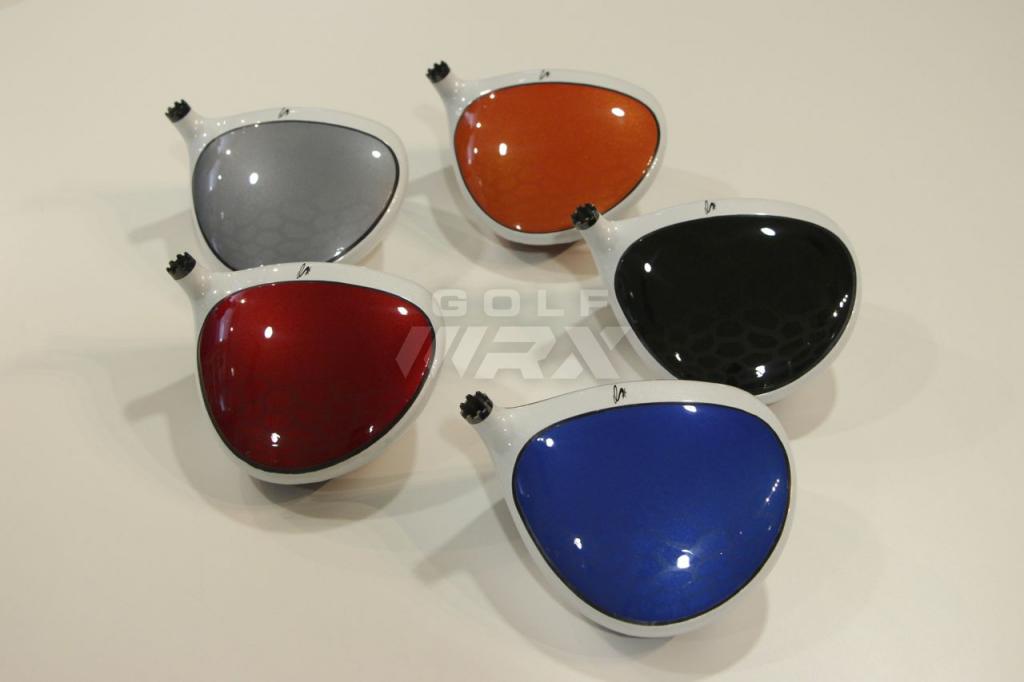
Pros: Both models offer a high level of forgiveness across the face and impressive ball speeds. The custom shaft options in the Bio Cell + driver are awesome.
Cons: The aggressive color scheme isn’t for everyone, and the stock shaft options in the Bio Cell isn’t up to par.
Bottom Line: Two exceptionally high quality drivers that offer adjustability, custom color options, big forgiveness and high launch/low spin performance.
Overview
The driver is still the sexiest club in the bag, and Cobra isn’t afraid to proclaim this with five bold colors and a gaudy list of technological improvements. That said, in today’s marketplace, if style isn’t equaled or exceeded by substance, you have a problem. Cobra, however, doesn’t have this issue.
The engineers at Cobra have taken AMP (Advanced Material Placement) to a new level utilizing what they call “BiO Cells” to redistribute more discretionary weight from the crown, placing it lower and deeper in the head. This translates into higher launch, lower spin and more distance.
In addition, the modified E9 forged face now offers a more robust sweet zone, improving ball speeds for drives hit low and on the heel and high and on the toe.
The proprietary MyFly8 system allows the player to select one of eight settings to dial in desired trajectory and shot shape, and Cobra’s Smartpad feature supports the club at address and permits the head to sit relatively square regardless of selected MyFly8 setting.
For 2014 Cobra is offering two Bio Cell models, the standard Bio Cell and the Bio Cell +, each of which is available in five colors: blue, black, silver, orange and red. The salient differences between the two models are as follows:
BiO Cell +
The Bio Cell + driver ($399) incorporates T.O.P. (Thin, Optomized, Personalized) technology via use of ultralight Venollum alloy in the crown. The creates a different cosmetic look at address, but more importantly redistributes even more weight to achieve a lower spinning, neutral bias, mid-trajectory 440cc head. The MyFly8 system allows for eight settings with lofts from 8 degrees to 11 degrees. The stock length for the BiO Cell + is 45.25 inches and it has a swingweight of D5. The stock shaft options for each driver include the Matrix 6Q3 Red Tie, Mitsubishi Rayon’s Diamana D+ 72 and True Temper’s Project X PXv Tour 52.
Bio Cell
The standard BiO Cell ($299) is a more draw-biased, 460cc head that is slightly higher launching and higher spinning the the BiO Cell +. The MyFly8 system again offers eight different settings with a loft range of 9 degrees to 12 degrees. The crown is a solid color and the head is made entirely of titanium. The stock length in the BiO Cell is 45.75 inches and swingweight is D3 to D4.5. The stock shaft is Graffaloy’s Project X PXv, which weighs about 60 grams.
Performance
Don’t let the bright lights and flashy looks fool you. These are two serious drivers. During launch monitor testing, both the BiO Cell and BiO Cell+ exhibited extremely high and consistent ball speeds. As advertised, drives hit low on the heel and high on the toe were not punished nearly as much as one would expect. Ball speeds dropped by 1-to-3 mph on average and dispersion stayed very consistent. Given the competitive nature of the driver marketplace, the E9 face offers the consumer a very nice value added feature!
With the standard Bio Cell, trajectory was noticeably higher and the ball consistently wanted to draw. I was able to get the spin to a very reasonable level (2700 RPM) at a loft of 9 degrees. The stock shaft held up very nicely and will fit the vast majority of players quite well. That said, the more I went after this driver, the stock shaft seemed to have a speed limit somewhere north of 105 mph. If you’re torn between the Bio Cell and Bio Cell +, you’d be remiss if you didn’t try a variety of shafts in both heads as I’m not convinced the stock shaft in the standard BiO Cell is a great fit for players with a higher swing speed, a mid-to-late release and those who place a medium-to-significant load on the shaft.
Essentially, the Bio Cell is aimed at the player who wants a higher ball flight and needs moderate spin for optimal distance. I would love to see how this head performs with a premium, low-spin shaft as the head itself is hot, forgiving and gives a slightly higher trajectory, which will benefit a lot of players.
As for the BiO Cell +, this driver just absolutely killed it! Even at 440cc, the E9 face was uber forgiving and it was easy to work the ball right-to-left and left-to-right. The ball flight was medium high, but it never ballooned and spin was consistently in the low 2000s. Combine that with ball speeds in the low 160s and you have a medium launch, low spin monster that was as hot, deep and forgiving as anything on the market. This head was tested with the Matrix 6Q3 Red Tie shaft in stiff flex, which was a bit light and loose when I really went after it, but the free upgrade of a Diamana D+ 72 would easily have solved that issue.
While other companies are pushing the low, forward center of gravity concept, Cobra is very comfortable with the low, neutral CG concept. Given the performance of the BiO Cell line, their position makes an awful lot of sense.
Looks and Feel
This isn’t the club for the self-conscious golfer. In fact, this is the club for the golfer who is maybe a bit attention deprived and doesn’t mind standing out for something other than his or her silky smooth range swing. Traditionalists will decry the loud colors, but after they’re done yelling at kids to get off their lawn and turn down their rock music, they might actually come around. I certainly did. At first, the color wasn’t my favorite feature, but it started to grow on me. In fact, I found the graphics on the BiO Cell+ to frame the ball a bit better at address, but others may like the more consistent and solid single color of the standard BiO Cell line.
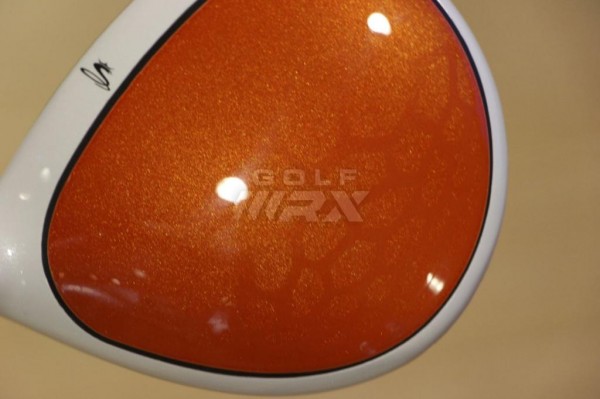
Cobra’s Venollum alloy is made of magnesium, aluminum, zinc, copper and zirconium. It’s welded into the crown of the Bio Cell + driver, and is 4.1 grams lighter than the 6-4 titanium alloy used in the the Bio Cell for a low, deep center of gravity that launches the ball with slightly less spin.
In terms of feel, the best way I can describe it is substantial and solid. Some clubs feel hollow and loud, while others feel void and dead. The Bio Cell line sits comfortably in between these extremes.
This might be a bit picky, but if the primary purpose of a headcover is to protect the club, then it shouldn’t have holes. I’m not entirely sure what the purpose is of this feature, but for all of the exceptional design features present in the club, the headcover is a let down.
The Takeaway
Cobra’s Bio Cell and Bio Cell + drivers are solid. Rock solid.
Cobra isn’t the first name often mentioned in conversation regarding premier drivers, but it’s not for lack of quality or performance. These drivers are sleepers and some simply won’t give them a go because of their aesthetics. For those who do, they might be surprised at the results.
Critics will point out the low, neutral center of gravity strategy is soooo 2013. But you can’t argue with results, and this club has that in spades. The Bio Cell and Bio Cell+ drivers sparkle and do not fade… that is, unless you want them to.
Bio Cell
[wrx_buy_now oemlink=”http://www.cobragolf.com/bio-cell-driver” oemtext=”Learn more from Cobra” amazonlink=”http://www.amazon.com/gp/product/B00GUD2TSC/ref=as_li_qf_sp_asin_il_tl?ie=UTF8&camp=1789&creative=9325&creativeASIN=B00GUD2TSC&linkCode=as2&tag=golfwrxcom-20&linkId=5XAJUDQ5TIWNKKYJ”]
Bio Cell+
[wrx_buy_now oemlink=”http://www.cobragolf.com/bio-cell-plus-driver” oemtext=”Learn more from Cobra” amazonlink=”http://www.amazon.com/gp/product/B00HJM00P2/ref=as_li_qf_sp_asin_il_tl?ie=UTF8&camp=1789&creative=9325&creativeASIN=B00HJM00P2&linkCode=as2&tag=golfwrxcom-20&linkId=UPYLIGI7IXVRFFYG”]
- LIKE131
- LEGIT26
- WOW39
- LOL4
- IDHT4
- FLOP0
- OB0
- SHANK5
Driver Reviews
GolfWRX Spotlight: Tour Edge Exotics C721 driver

Tour Edge’s Exotics line of high-end golf clubs has been known for excellent fairway wood and hybrid performance over the years. The Chicago-based company has been consistently putting out high-quality products, and golfers are really taking notice. The new line of C721 drivers, fairway woods, and hybrids take yet another big leap forward from last year’s EXS line.
The new C721 driver takes a lot of technology from the 2020 EXS line and further refines and expands on it. I know it is a little cliche when companies say every model is their best ever, but Tour Edge is 100 percent right this time.
When unboxing the C721 the first thing I noticed was the much-improved looks and shape over the previous Tour Edge drivers. The biggest change to my eye is the added bulge, giving a more rounded and softened topline.
The overall shape of the C721 is slightly stretched from front to back, giving it just a hint of a triangular look. The Ridgeback is a titanium spine flanked by two carbon fiber wings that add stability and forgiveness to the head, but they can also work together and an additional aiming device to ensure you are lined up down the center of the fairway.
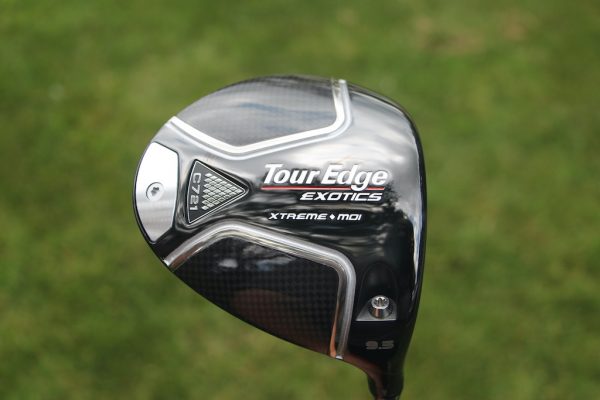
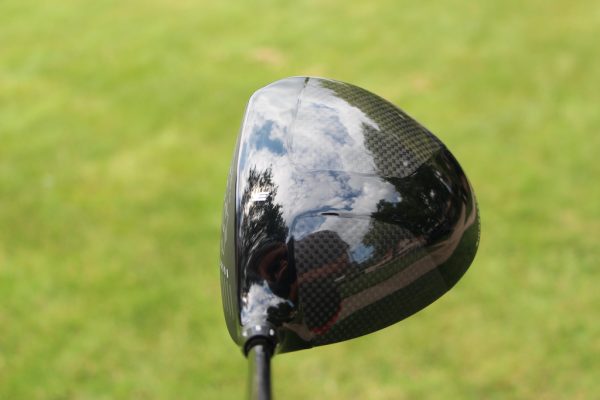
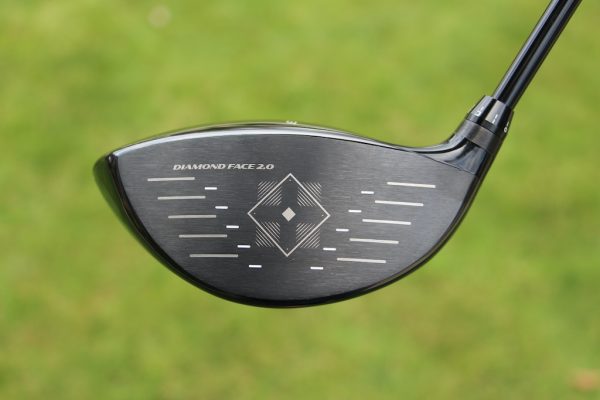
Getting the C721 out on the course is where you really start to appreciate all the technology that went into this driver. Well-struck shots are very long, very boring, and will hang with anything out on the market today. Center contact is rewarded with a long and very low spin shot that is just fun to hit.
The sound and feel are very solid, you can really feel the ball compress on the face as it leaves at high speed. The sound is more of a muted crack and much quieter than I anticipated. If you practice on an enclosed range your ears will thank you for your choice in drivers. Shots hit away from the center of the face retain a lot of ball speed and stay online really well.
My miss is low on the heel and those misses stayed in the air fairly well and went a good ways. Shots hit down on the heel or higher on the toe side still stay online really well due to the Ridgeback spine and rear weight. The C721 is just slightly higher than mid-launch for me, but the low spinning head never allowed my shots to balloon or rise even into the wind. I do wish the face was just a touch deeper as I had to play with my tee height in order to find the optimal setup. The better players will enjoy the neutral weighting and there seems to be very minimal draw built into the driver.
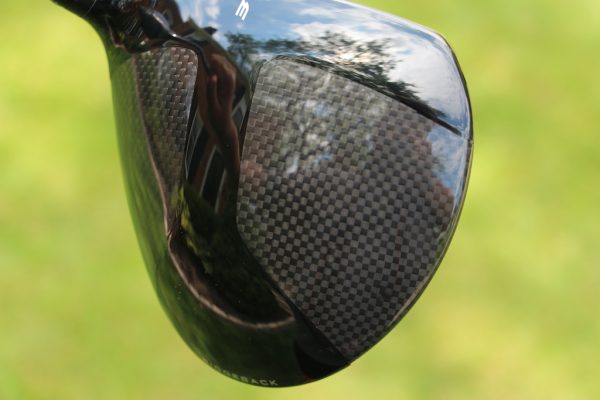
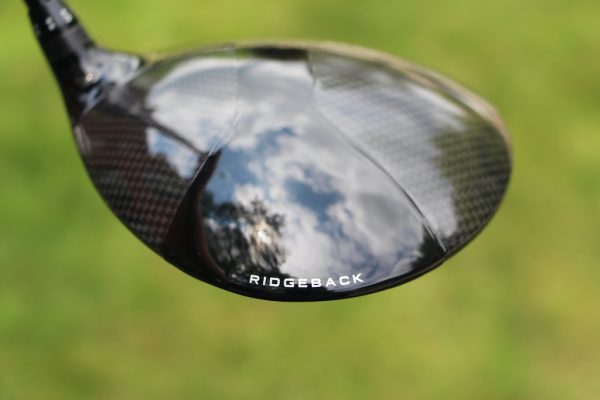
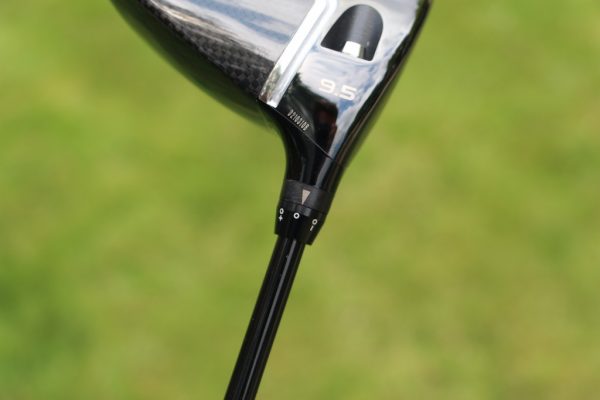
Overall, the Tour Edge Exotics C721 driver is a great club that will probably be overlooked by too many golfers. If you are looking for added distance, a lot of forgiveness and want to keep some money in your pocket, then you should seriously take a look at Tour Edge.
- LIKE103
- LEGIT12
- WOW6
- LOL2
- IDHT1
- FLOP1
- OB2
- SHANK5
Driver Reviews
Review: Ping’s G400 and G400 LST Drivers
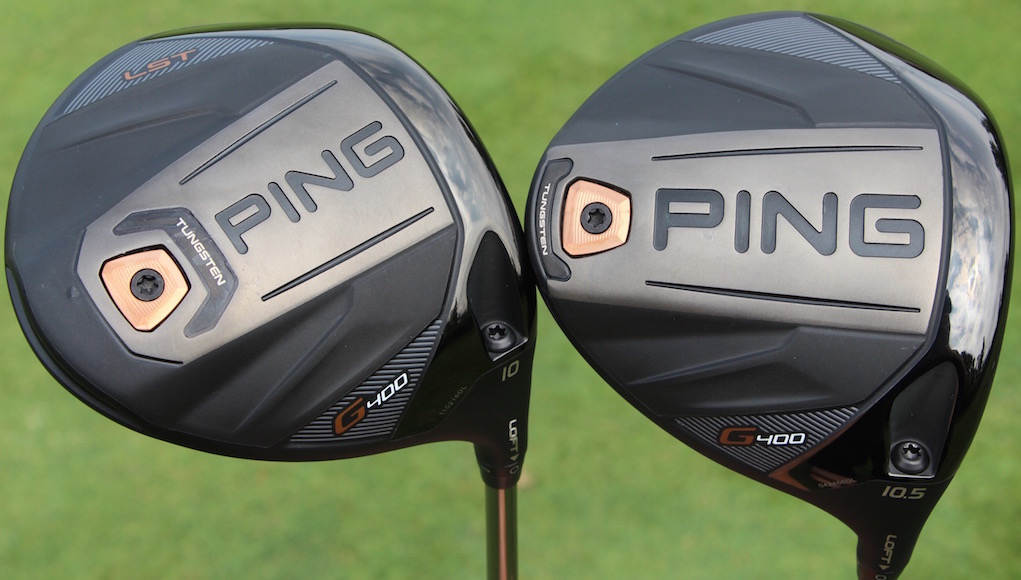
I still remember the first time I hit Ping’s G30 driver. It was July 2014, and I was at Ping’s HQ in Phoenix. Super low-spin drivers were all the rage at the time. With their forward center of gravity, they were helping golfers optimize their launch conditions beyond their wildest dreams: crazy high launch, ridiculously low spin. Many in the business, including myself, had one of these drivers and spent many launch monitor sessions trying to figure out how to get more distance from these high knuckleballs. The bad news was that forward-CG drivers, by nature, were really unforgiving. Bad shots were really short and crooked.
Before I knew the G30 was a big deal, Marty Jertson, Ping’s Director of Product Development, explained to me his vision for the perfect driver inside a conference room at Ping Headquarters. In his eyes, the perfect driver didn’t have the low, forward center of gravity (CG) that was being touted at the time. Its CG was located as low and as rearward in the driver head as possible, which he said would offer the best of both worlds: optimized launch conditions on good shots, as well as the best possible forgiveness on bad shots.
Building the perfect driver was a long way off (and still is), but Jertson was excited where Ping had landed with the G30. When it was released, the driver was a powerful testament to his vision. Its rear-CG design created great distance on good and bad shots, and it was also a very straight driver. The G30 sold incredibly well and, as a result, the industry mostly shifted away from forward-CG drivers.
It’s been nearly three years since the release of the G30, and Ping has just made another counterintuitive driver release. The company shrunk the size of its new G400 drivers in a climate where full-size drivers have become the norm. Granted, it’s only 15 cubic centimeters smaller, but it’s noticeable at address. Compared to the Ping G drivers they replace (which replaced the G30), the G400’s look like they cut carbs.
Despite their slimmer frames, however, the G400 drivers are actually more forgiving than the G drivers (which were even more forgiving than the G30). That’s why Ping representatives say smaller is actually better in the G400’s case. The drivers have the lowest, most rearward CG of any Ping drivers ever, and their smaller size is said to improve their aerodynamics so golfers can swing them fractionally faster. The other big change is a new face material made of T9S+ titanium, which is thinner and more flexible to help golfers generate more ball speed.
For this review, I wanted to put the G400 and G400 LST to the test against the G and the G LST drivers that they replace, so I took them to the Launch Pad at Carl’s Golfland in Bloomfield Hills, Mich. I hit five shots with each driver on Trackman IV, and to ensure as much of an apples-to-apples comparison as possible, I tested each driver head with the same shaft. Each driver head was adjusted to the same loft, or as close as possible.
Note: The G, G LST, and G400 drivers I tested were 10.5-degree heads adjusted to 9.5 degrees. The G400 LST had a loft of 10 degrees, and it was adjusted to 9.4 degrees.
The Test
In my personal driver tests, I don’t usually see a huge uptick in distance or accuracy when comparing the latest drivers to the most recent models from the same manufacturer. Improvements generally come in the form of improved head shaping, a better feel, or enhanced adjustability. That’s why I was surprised to see such a big change in my launch conditions and dispersion with the G400 drivers.
G400 Test Results: With the G400, I launched my drives an average of 1.6-degrees higher than I did with the G while dropping spin an average of 416 rpm. That led to a significant improvement in distance. With my swing speed and ball speed staying about the same, I added an average of 7.2 yards more carry distance and 8.7 yards more total distance.
G400 LST Test Results: First, a note about the G400 LST. It has a CG that’s slightly lower and more forward than the standard G400 driver to help golfers reduce spin. Like the G30 LST and G LST, it’s still very much a rear-CG driver, but its design helps high-speed golfers who can consistently find the center of the club face maximize distance without highjacking forgiveness. When I test Ping drivers, the LST is generally the model that creates the best performance, and the G400 LST was no exception. I saw an average of a 1.2-degree higher launch angle with all other things staying about the same when I compared it to the G LST. The result was an average of 6.6 yards more carry distance and 3.1 yards more total distance. It was the longest and straightest driver I hit in the test.
Note: Ping also sells a G400 SFT (Straight Flight Technology) driver, which has added draw bias. To learn more about it, click through to tech story on the G400, G400 LST and G400 SFT drivers.
Dispersion
One way to explain the improved launch conditions is that I hit the G400 drivers more consistently. As you can see in the Trackman dispersion chart, I hit the G400 and G400 LST drivers straighter on average than the G and G LST. Is that its slightly enhanced forgiveness shining through? Maybe, maybe not.
To me, the changes Ping made to the look and feel of the driver were just as important as the performance difference I saw on Trackman. I’ve always preferred smaller driver heads, or at least 460-cubic-centimeter drivers that appear smaller than their size. For that reason, I felt more confident with the G400 drivers in my hands. I didn’t mind that I didn’t see any added swing speed or ball speed from the smaller driver head. I was sold on the looks alone.
- At Address: Ping’s G400 (left) and G drivers.
- At Address: Ping’s G400 (left) and G drivers.
I also preferred the sound of the G400 drivers to the G drivers. There was definitely much more of a “thwack” than a “ping” at impact, which made the G400’s feel more powerful. Looks and feel are subjective, of course, but to me the improvement was night and day. I don’t think it’s a stretch to say that my fondness for the looks and feel of the G400 was at least a contributing factor to my improved performance in the test, if not the most important factor. When I like the way a club look at address, I tend to hit it better, and I know I’m not alone.
I do want readers to keep in mind that this was a one-person test and I hit a limited amount of balls. Yes, it’s a great indication that the G400 driver can be measurably better than a G driver, but it’s not a guarantee.
I also want to address the weaknesses of the G400 drivers. While they’re few, they could push golfers into another driver model in a fitting. Unlike Callaway’s GBB Epic, TaylorMade’s M1 or Titleist’s 917 drivers, the G400’s don’t have CG adjustability. That means there’s no way to fine tune ball flight outside of a shaft or loft adjustment. A bigger deal for some golfers might be the G400 crowns. Despite their smaller size, there’s still a lot to look at address, as was the case with the G drivers.
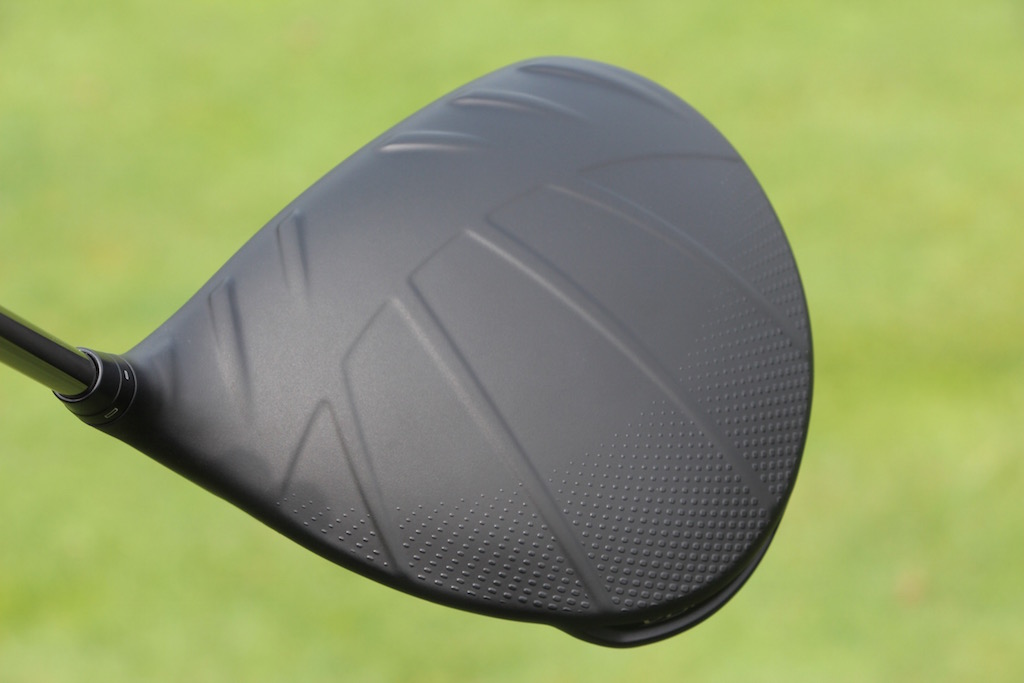
Aerodynamic features on the front of the crowns, “Turbulators,” have been thickened for the G400 release. There’s also Ping’s “DragonFly Technology,” a geometry on the back of the driver crowns that helps push CG lower and more rearward in the driver heads. I personally think the G400 crowns give the drivers an old-school, muscle car-like look, but there’s no question they won’t fly with all golfers.
Whatever your thoughts about what’s on top of the G400 drivers, there’s no question that what’s under the hood can offer something the G and G30 drivers did not. Maybe you’ll like the smaller head. Maybe you’ll prefer the quieter sound. Maybe the improved forgiveness will show up on a launch monitor or on the course. Or maybe you’ll just flat out rip a G400 farther and straighter down the middle like I did.
If that last bit happens, try not to second-guess it.
- LIKE677
- LEGIT83
- WOW48
- LOL18
- IDHT12
- FLOP22
- OB15
- SHANK59
Driver Reviews
Members Choice: The Best Driver of 2017
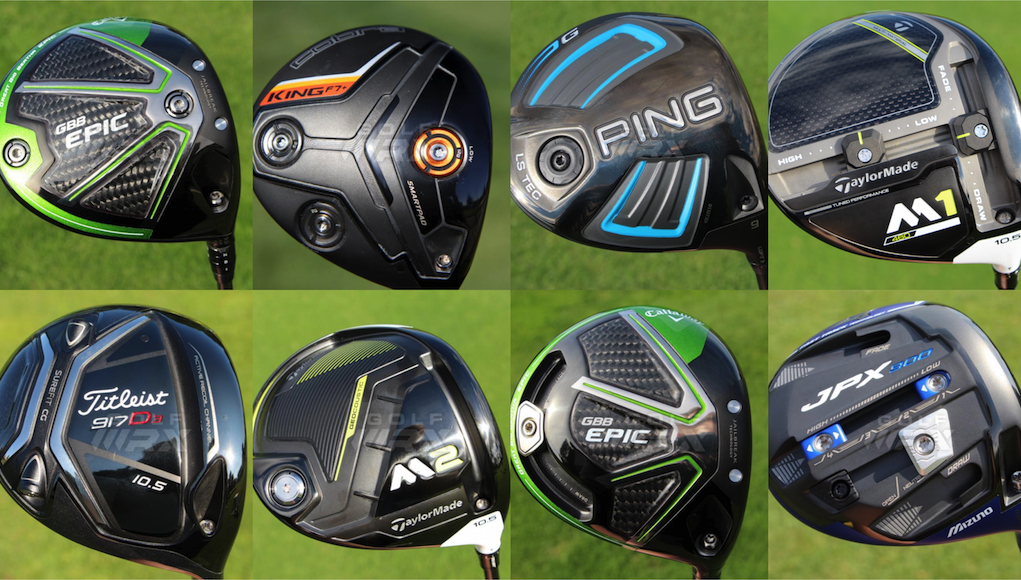
What determines the best driver on the market; is it the opinion of professional club fitters, professional golfers or testing results from a group of amateurs?
At GolfWRX, we believe all three sources can lead golfers to an answer. Being a website founded by passionate golfers with a mission to serve passionate golfers, though, we place a special emphasis on the opinions of our GolfWRX Members — the most knowledgeable group of golfers on the planet. No other group of golfers in the world tests golf clubs as frequently or as extensively as GolfWRX Members. So who better to poll to get an initial indication of the best performing drivers so far in 2017?
So we asked them, “What’s the best driver of 2017?” They voted for the three drivers they felt most worthy of the title and provided feedback about their selections in our special forum thread. You can see the results below (as of the first three weeks of voting), as well as quotes we pulled from GolfWRX Members about the drivers from our forum.
Remember that our polls will remain open for voting throughout the year, and we’re going to keep an eye on the percentages as more and more golfers have an opportunity to test these drivers. We’re also working on another Best Driver list, which will evaluate clubs in another important way. Stay tuned!
Keep in mind that there’s no single driver on the market that is the absolute best option for every golfer: that’s why nearly every manufacturer makes at least two different models. As this list indicates, however, some drivers are working better than others this year. Happy Testing!
Note: Forum posts were minimally edited for grammar, style, spelling and clarity.
Cobra King LTD Black (3.00 percent of votes)
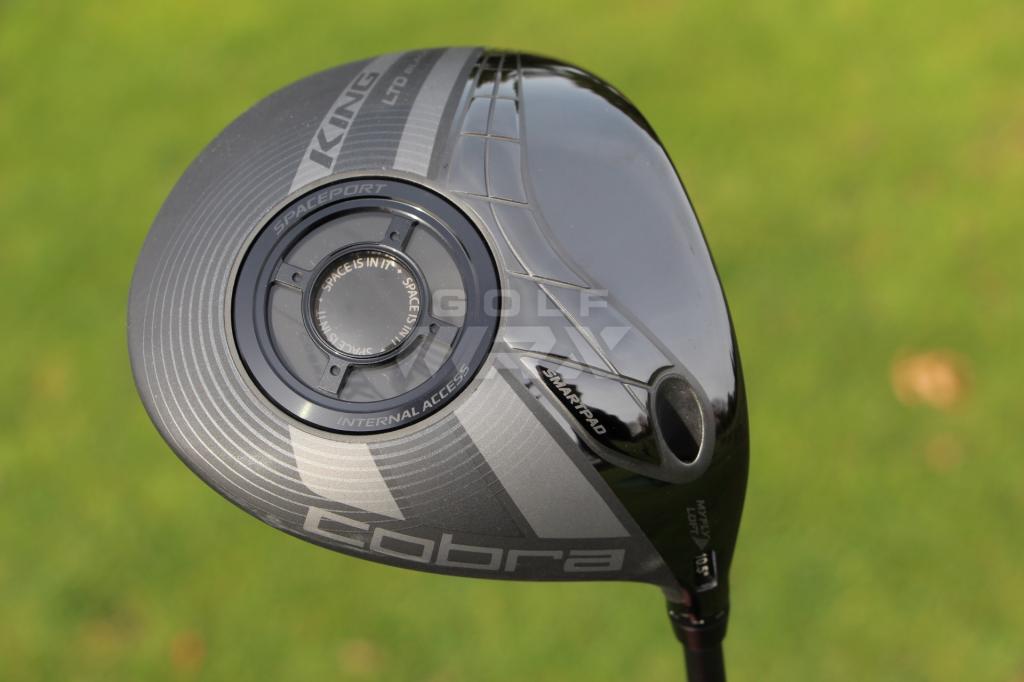
- The General: All-black LTD is really clean looking. I’m about to cover up the orange on my LTD with lead tape. Orange is played out
- mh7vw: Love my LTD, but wish the black finish (or even this gray) didn’t have that subtle checkering you see in some like. Prefer plain black.
- dbleag: I am a fan of the black/orange combo. The performance and sound of the LTD is very appealing to me. I also like that the standard length is 45 inches. For me, that helps it be super-accurate. With the low-spin design, I hit it longest of the current offerings and can’t remember the last time I missed a fairway. Straight, solid, low spin and nice.
Further Reading
Mizuno JPX-900 (3.20 percent)
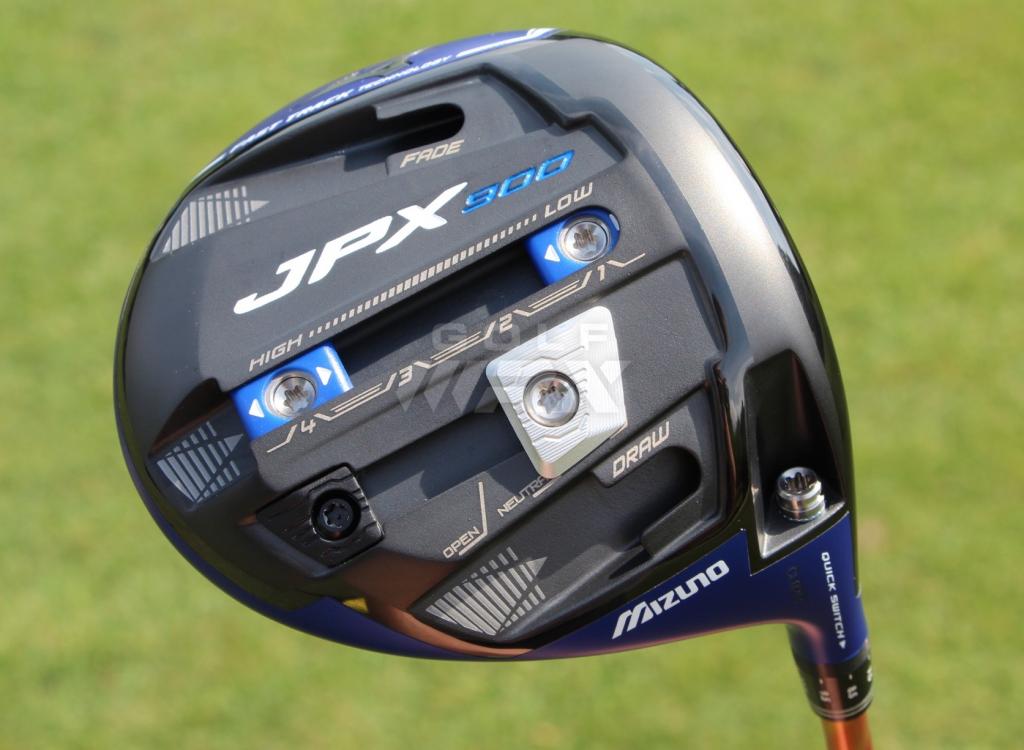
- johnnythunders: JPX goes straight. Best real-deal shaft and is long and very adjustable.
- KT35: That blue head looks awesome sitting on the ground. I hit balls off the toe and heel and didn’t see the big drop off in distance like the previous models.
- nmorton: The JPX-900 is definitely more forgiving compared to the JPX-850, and sounds much better. Though they did sacrifice a bit by going with a little larger profile, but it’s easy to get used to. The graphics are so so, but this driver performs. I’m really digging the Evo II (shaft).
- jay65: I can see that Mizuno is really making a decent effort with its drivers/fairways in terms of tech and aesthetics, and they compliment the new JPX-900 line of irons really well, but if they’re going to make any inroads they really have to address this issue of their custom shafts options. It’s rubbish.
- bok006: The JPX-900, after being properly adjusted by the fitter, gave me an extra 20 yards just like that. My swing speed suggested I was borderline S to X (flex), but the fitter said unless I was fighting a hook I should stick with the S.
- bubbagump: …the JPX-900, when properly fit, is just as long on a consistent basis than all the new models I tried in real life situations. It looks great, sounds solid and just knows the way to keep the ball in play.
- Chazb: I’m 69 years old, have a swing speed of 91 mph and played nine with the JPX-900 this morning. It was in the 40s with a brisk wind hit it around 220 to 230 yards. It was a fairway finder, has great feel and is one of the easiest to control drivers I have ever hit. I can’t wait ’til it is warmer and can dial it in more. So far I have the two weights all the way forward for a lower flight and the other set with a draw bias with 10.5 degrees of loft. This driver is the real deal; it may not be the longest or the shortest, but it is a fairway finder which IMO makes it a winner.
Further Reading
Ping G (3.80 percent)
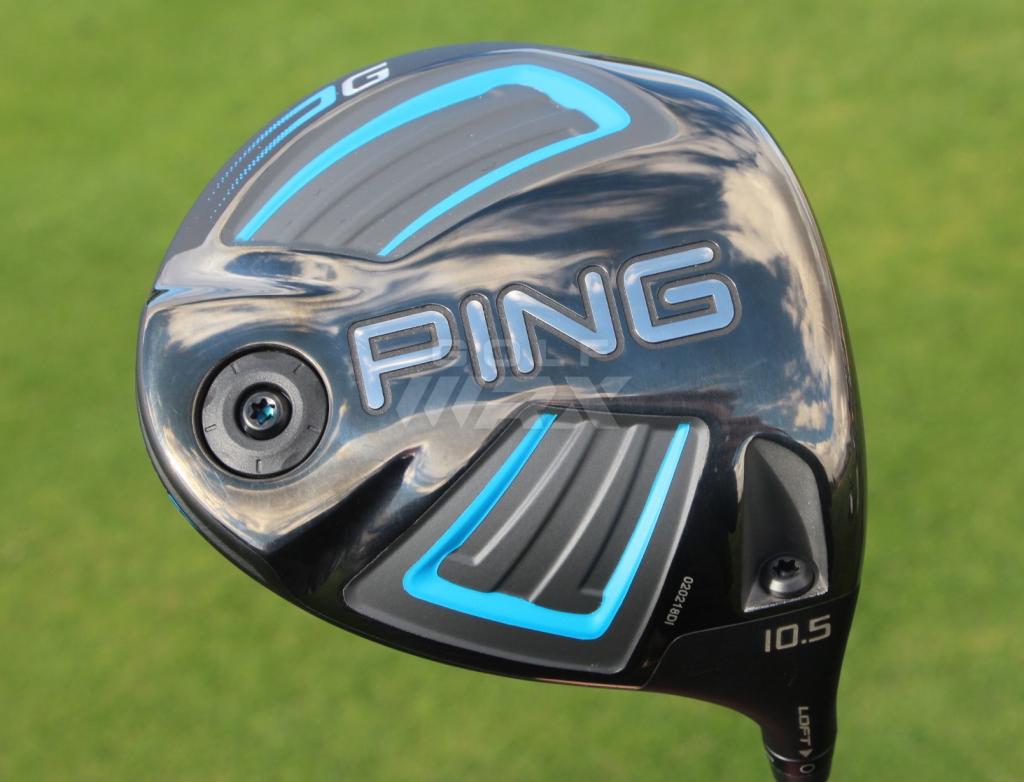
- Wesquire: Ping G is the most forgiving so it wins.
- bopper53: Ping G hands down. Great distance and the most forgiving.
- Dannydubbbs: The Ping G series is just too forgiving. The distance is comparable between most models, but Ping always seems to win out with forgiveness.
- Bruin Bear: The Ping G is going to be overlooked because it’s looked at as “game improvement,” but this driver is a beast. I liked the LS, but it requires a faster swing to get results and in the cold outdoors I just don’t have that all the time. I think the G is the perfect blend of performance and forgiveness.
- cmrl1986: Only reason I switched from the Ping G25 was that the G felt less harsh off the face. Same distance just about.
Further Reading
Cobra King F7+ (3.90 percent)
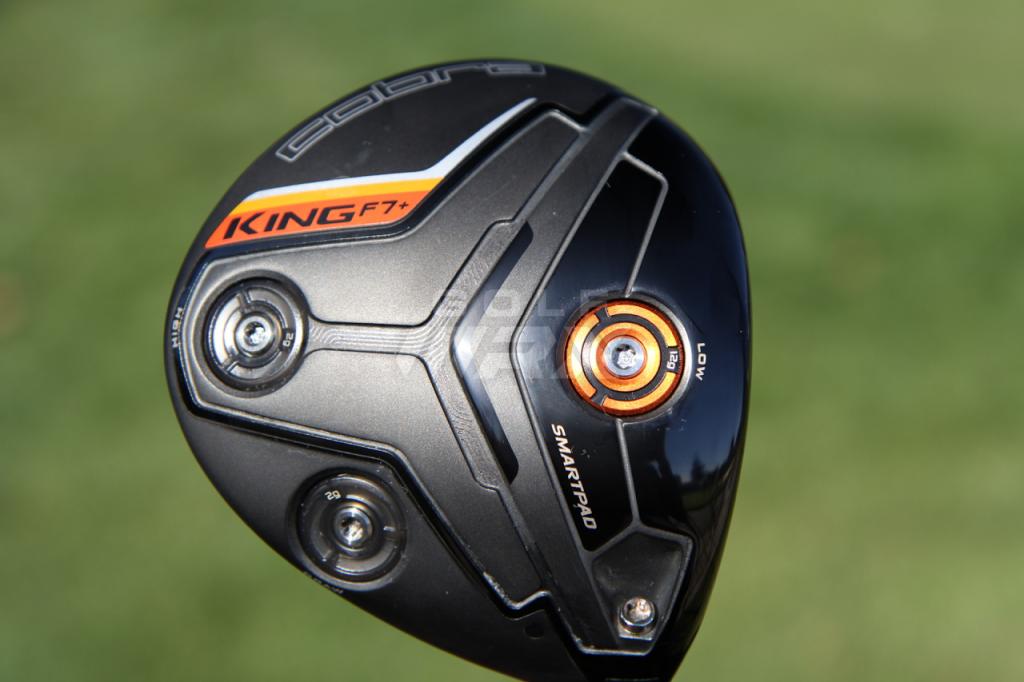
- EntourageLife: Ball really flies off face. Driver head controls spin well. Not one drive “ballooned” and trajectory was high and best of all… very easy to work ball right to left for a confident draw.
- Gollie: The F7+ is another great offering from Cobra… I didn’t get the “MAN, this is gonna take my LTD out of the bag” feeling, but it has very good sound, feel and performance.
- J13: F7+ is a great offering from Cobra and IMO is in the top-3 drivers this year. Epic is the standout for me numbers wise, then M series and F7+ are right behind it. Love the Agera (shaft) in there!!! Such a great shaft; I can’t seem to get mine out of the bag.
- Golfer from MO: Hit both Cobras lefty and as a lefty the LTD is the shizzle. Last year it was the LTD and Big Bertha down to the absolute wire… the F7+ is more workable than the LTD, but not longer and a little worse on mishits.
- Boognish: I took a few swings with the F7+ at Golf Galaxy yesterday. 9.5 degrees with heaviest weight forward. The stock shaft is actually the same model I play in my GBB (albeit in smoked black instead of yellow). Ball flight and distance were similar to my GBB with good consistent sub-3000 backspin. Sound was OK, feel was harder than the GBB.
- thechief16: Just from the range (no LM), I didn’t see a noticeable performance improvement with the F7+ over the original King LTD. And I like the look and sound/feel of the LTD better.
Further Reading
Ping G LS Tec (4.90 percent)
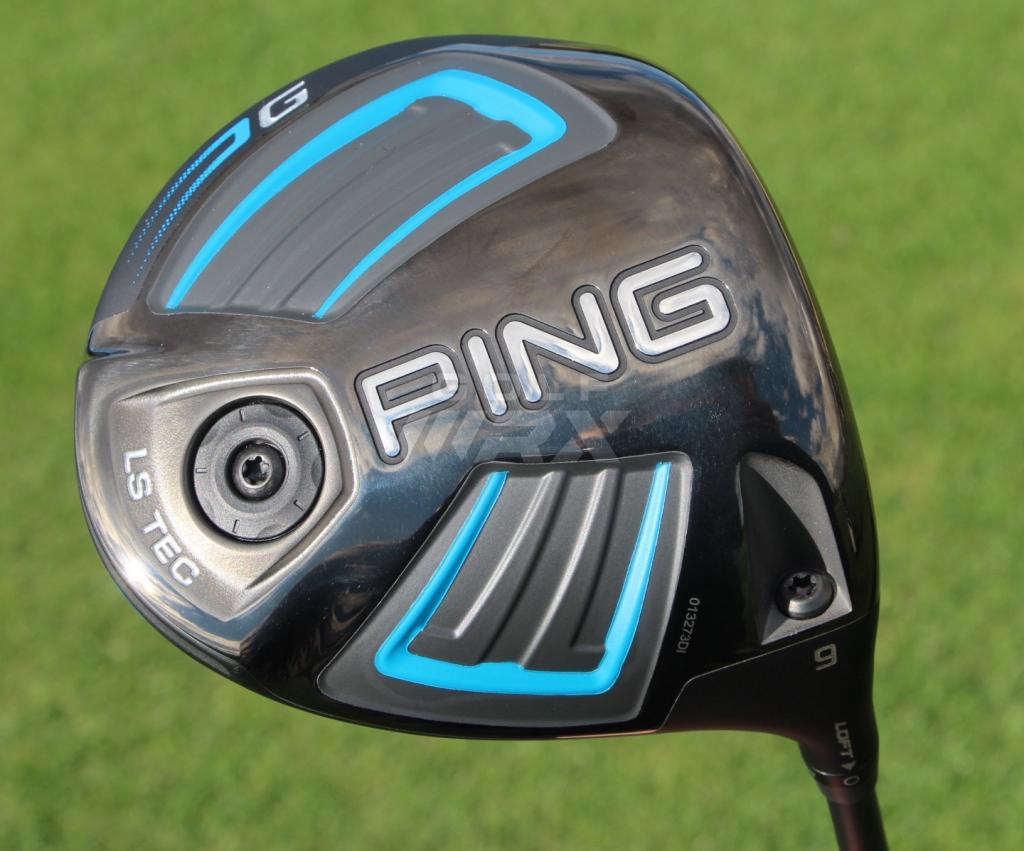
- drvrwdge: I played the G LS with the Ping Tour 65X (shaft) tipped an inch for about a year. Just put the HZRDUS Yellow 75 6.5 tipped an inch and never thought it was possible, but it’s longer and straighter. Best driver shaft combo I’ve ever hit. You can feel that HZRDUS throughout the entire swing. Really gives you a solid connected feel.
- Mtngolfer1: I am not sure that I would consider this a 2017 Driver, but my vote went to the Ping G LS Tec. The fact that my G is still holding its own against the latest 2017 releases has me very excited to see what Ping will release later this year.
- 3woodvt: Fairway finder and plenty long.
- pitchinwedge: I’ve found the LS to be nearly as fade biased as the M family. I get pretty good results with the LS by making a conscious effort to make more of an in-to-out swing. Any lapse in concentration and everything goes right. The M’s require even more effort, which is the reason I stayed with the LS instead.
- 3 Jack Par: After an up and down year with the G LS, I’ve actually recently gone back to my G30 LS head. I only have a couple of rounds as a sample so far, so I can’t really draw a conclusion about whether one or the other is better, but with the same shaft it seems like my G30 head might be a little longer. Honestly, the performance differences are pretty minimal if you really compare the two generations.
Further Reading
Titleist 917D3 (5.30 percent)
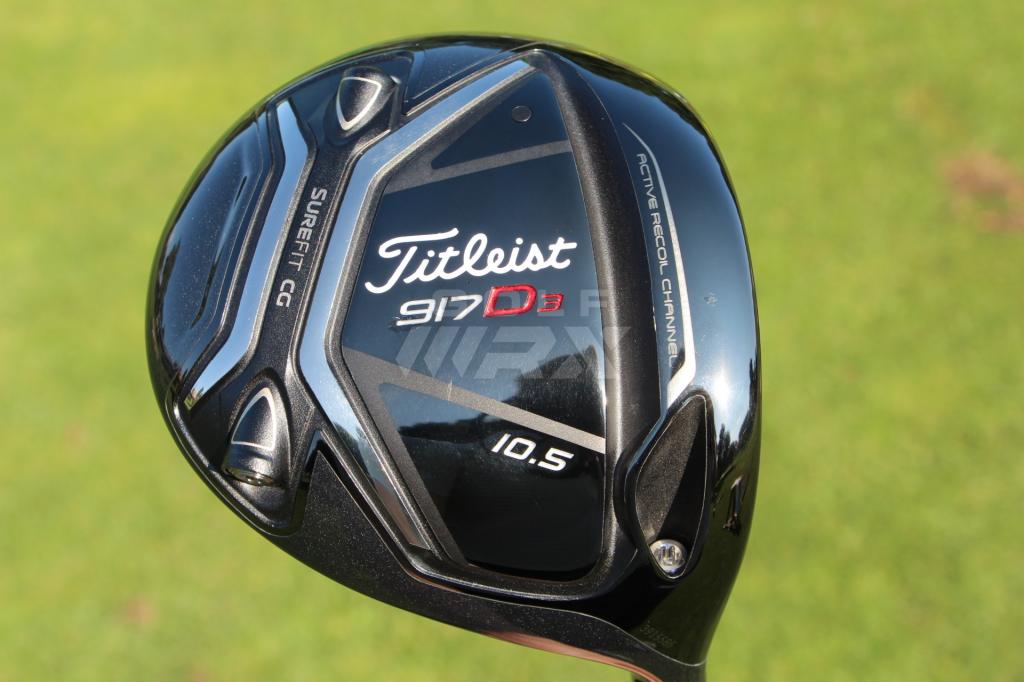
- Gava: The 917D3 is in my bag now, and I’ve found it incredibly long with a recently purchased Graphite Design Tour AD MJ 7TX shaft. Feel and accuracy has been a real improvement as well.
- Togatown22: I find my 917D3 to be just as forgiving as my 915D2 was, and man do I prefer looking down at the head shape and color versus the 915. Very confidence inspiring.
- NIxhex524: I would definitely give the D3 a whirl. I feel like Titleist has made great strides at making the smaller head way more hittable for us ams.
- KPH808: So in conclusion, I was hitting the ball about 9 yards further on average and 3-4 mph faster ball speeds with the 917D3 vs. the 915 D4. The biggest thing for me was the forgiveness between the two; the 917D3 was more forgiving on mishits.
- brushie: The 917D3 head feels soft like the 910 and sounds great. I never had an issue with the 915 sound; it wasn’t great, but it didn’t bother me too much. This is much better, though. The 917D3 head shape is perfect to my eye as well. The area where the 917 shines is forgiveness.
Further Reading
TaylorMade M1 440 (5.35 percent)
- Tigermatt31: The M1 440 is best driver I’ve had ever.
- TollBros: The M1 440 is definitely lower spin than the M1 460 or M2 from last year. Launch angle isn’t really any lower, but spin is lower for sure.
- specimania: This year’s 440 is more forgiving.
- MCoz: Yes, this 440 is more forgiving, and yet it also appears to be more workable than both of the previous M1 and M2s.
- nitram: To save you a bunch of reading and crunching numbers, I quickly concluded there was a little more forgiveness and exactly +0.4 mph ball speed with the 440. By forgiveness I simply mean this: A 1.48 smash 440 will give you the same ball speed and distance as a 1.49/1.50 430. But if you get a 1.50 from both there is no measurable gain. Side-to-side dispersion was better by 4.7 feet with the 440. Workability was a wash between them, although the 430 seems a bit more fade biased whereas I’ll describe the 440 as a scosche more neutral.
- tj24: I hit the M1 440 with my Aldila RIP at an 80-gram X-flex. For me, the spin numbers were around 1700 rpm which is probably to low for my swing. I did, however, like the shape of the head and I felt like I could easily work the ball both ways.
- halfsumo: I really think they nailed it with the shape of this 440 head. Nice pear shape, no weird bulges or ridges that you have to get used to.
Further Reading
- GolfWRX members gain 7 yards on average with 2017 TaylorMade M1, M2 drivers
- 12 Important Changes to the 2017 TaylorMade M1, M2 Drivers
Titleist 917D2 (6.65 percent)
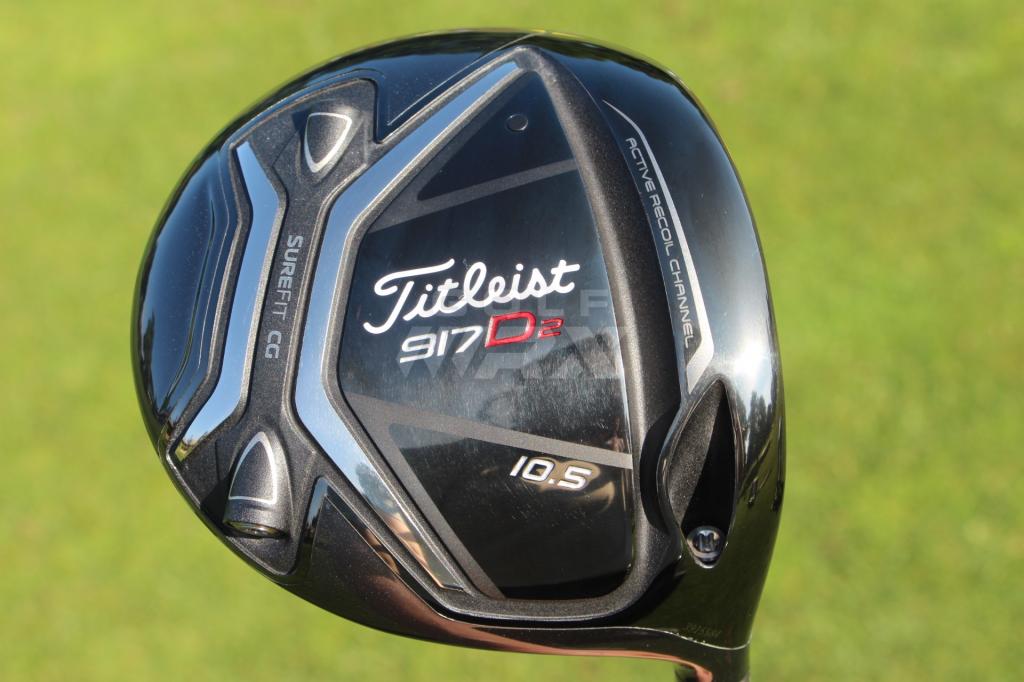
- tsletten: Love the sound of the 917D2.
- bladehunter: No doubt the 917D2 is an accurate, forgiving driver that doesn’t look as big as it is and sounds fantastic.
- JStang: Maybe it’s just me, but I find the face to be more shallow (top to bottom) with the 917D2 than other drivers that I’ve tried lately.
- LuckyLowbrow: I was actually spinning it too low with the D4. Going up to the D2 normalized my spin rate, but led to such an improvement in consistency across the face.
Further Reading
TaylorMade M1 460 2017 (11.81 percent)
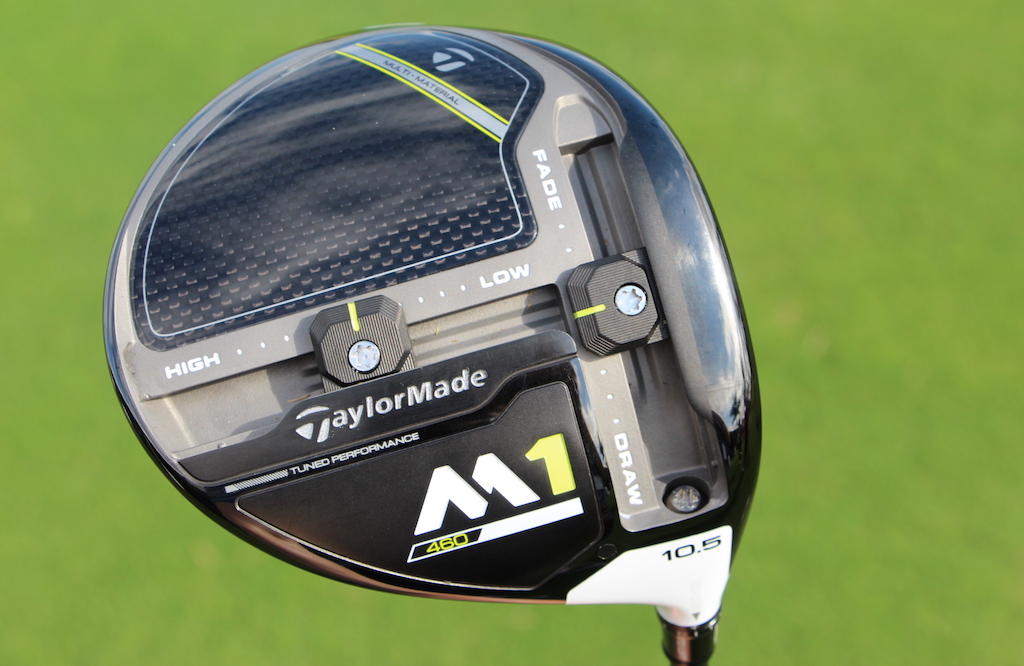
- Ereim: I ended up going with the M1 460. It gave me a slightly tighter dispersion, and I liked looking down at it slightly more.
- jdenham15: The 2017 TaylorMade M1 is a great driver, but I tend to miss wide right and struggled to turn it over.
- ZBigStick: The M1 460 gave me the best results. Was able to increase launch without much added spin with the (T-Track) weight. Feel is good and felt forgiving; dispersion results backing that up.
- BillMurrayGolfing: The face is hot, receptive, thin and makes a nice sound. I like that.
- JStang: Sound and feel were both fantastic. I couldn’t ask for much more in the sound and feel department than what this club offers. Plenty of feedback was provided based on impact as I would expect. I could easily tell where I missed based on feel.
- tnord: Just as another tester found, moving the weight back and forward absolutely does impact how the club sounds. I’m much more a fan of the weight back.
- chickenpotpie: Moving the slider to the draw position made the feel of the driver a little harsher. Feel was much much smoother with that weight in the middle. I didn’t see any such changes with the front/rear slider.
Further Reading
- GolfWRX members gain 7 yards on average with 2017 TaylorMade M1, M2 drivers
- 12 Important Changes to the 2017 TaylorMade M1, M2 Drivers
TaylorMade M2 2017 (11.86 percent)
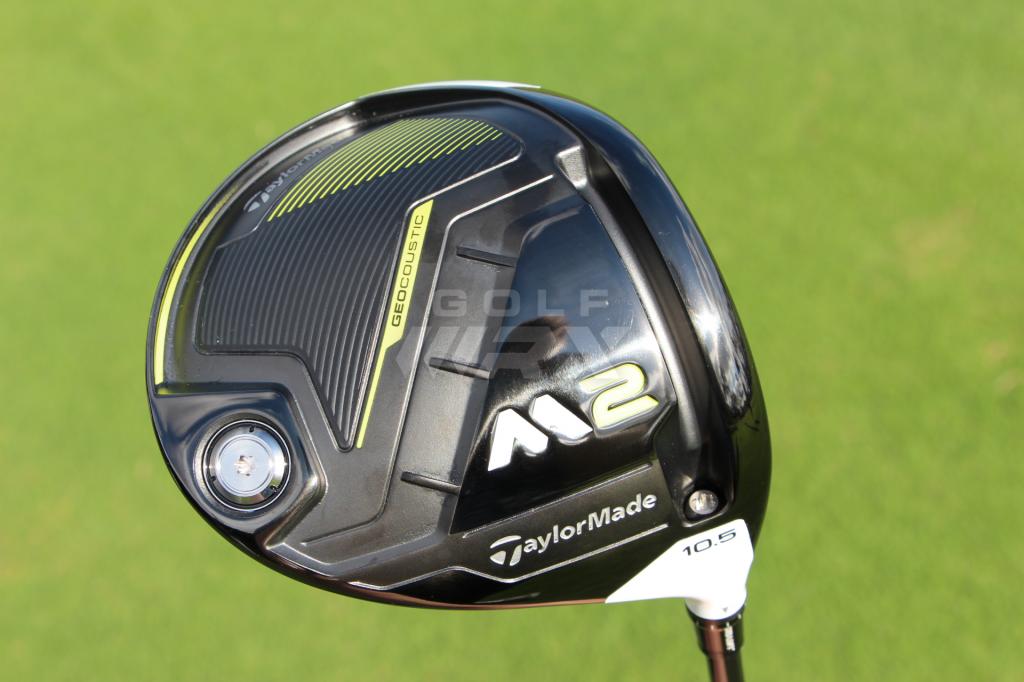
- ZBigStick: I liked the feel of the new M2 but seemed to get better results and numbers with the new M1. Could be the extra 5 grams of head weight?
It was dynamite with the GD TP-6 (shaft)! - erock9174: On Trackman it didn’t put up the most ball speed, but counting all shots the M2 had the longest average distance.
- gripandrip: The M2 seems to have a little bit of a fade bias for me. And the head is HUGE. Maybe it’s a mental thing to be able to turnover a head that large.
- Bomber_11: M2 has very big shoes to fill, as the 2016 M2 was arguably one of the best drivers of the last 3-4 years.
- LONG&STR8: It’s hard to ignore the sound of the new M2. That may be TaylorMade’s biggest fail with that driver, as the sound and feel was one of the best things about the first version that I’ll have in the bag until something better comes along.
- Z1ggy16: The new M2 was terrible for me, not sure why. Unsure if it was the shaft I used but it spun up like a monster and ball speeds weren’t any better than previous M2.
- Peanut191: I don’t really think that the new M2 was much of a step backward, probably more that it doesn’t seem like a big step forward compared to last year’s model. I was hitting my 2016 M2 against a 2017 M2 indoors (which usually amplifies the louder, more obnoxious sound) and I didn’t notice that much of a difference in sound. It could have been that I might have just happened to get a hold of a head that was more muted than normal with the new one, but I just didn’t notice much difference. Performance wise, I could tell that the 2017 was slightly more forgiving than the 2016 model, but I was basically getting the same ball speed and spin numbers, so I didn’t see the need to upgrade.
- gioguy21: Played 54 holes this weekend. The M2 was as reliable as it could get. I hit 11/12 fairways Friday, 10/12 Saturday and 5/9 or so yesterday (windy). Controllable, just wants to go straight. The sound no longer bothers me. I think it’s when hitting indoors or in range bays that it gets unbearably loud. Makes a different sound when hit on the screws I’ve found, similar to last years M2/M1 with less high-pitched ring. The forgiveness is very obvious, as I hit a couple that were close to center of the face but either high or little out toward the toe that flew similar trajectory and distance to how a well struck shot would react. I think where this driver really shines is the ability to either tee it high and hit it with higher trajectory or the ability to hit it lower with a low tee (3/4 of the ball under the crown) and hit laser beams that don’t move left or right.
- G-Bone: From what I’ve seen on Trackman, 2017 M1 was a big jump from 2016; however, 2016 M2 was so good, 2017 is a minor jump.
Further Reading
- GolfWRX members gain 7 yards on average with 2017 TaylorMade M1, M2 drivers
- 12 Important Changes to the 2017 TaylorMade M1, M2 Drivers
Callaway GBB Epic (14.91 percent)
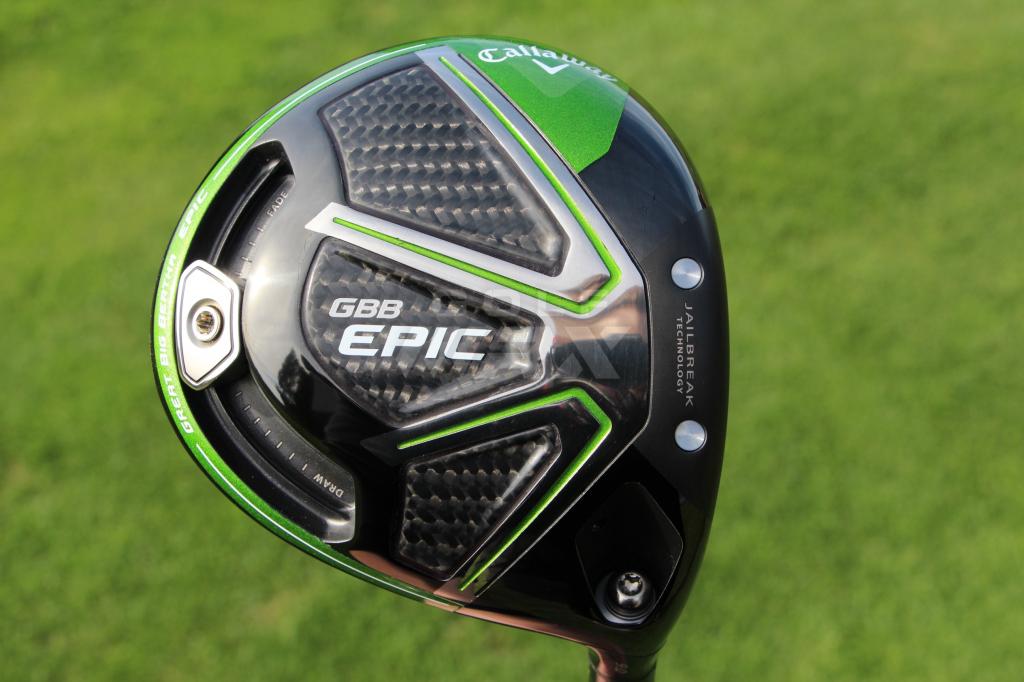
- HDTVMAN: I hit both the Callaway Big Bertha Fusion and Epic with a 44.5-inch UST Recoil F3 shaft and the results were very close. From customer testing, it appears the Epic is longer for those with higher (95+) swing speeds. I have also seen that 44.25-44.5-inch lengths promote tighter dispersion with customers, no loss of distance and better over-all drives.
- mbbrewer: Tried them all and for me Epic was the one. Fastest ball speed, lowest spin and tightest dispersion.
- Ereim: Epic felt great, looked great and the numbers were basically 99.9 percent optimized for my swing.
- johnnylongballz72: There is Epic and there is the M series… then there is everyone else. The votes here show it, the PGA Tour use shows it and launch monitors everywhere show it.
- misplacedtexan83: GBB Epic/Sub Zero pushed the envelop in design and materials to produce increased ball speed and gains. For once a driver did what a company said it would do.
Further Reading
Callaway GBB Epic Sub Zero (16.91 percent)
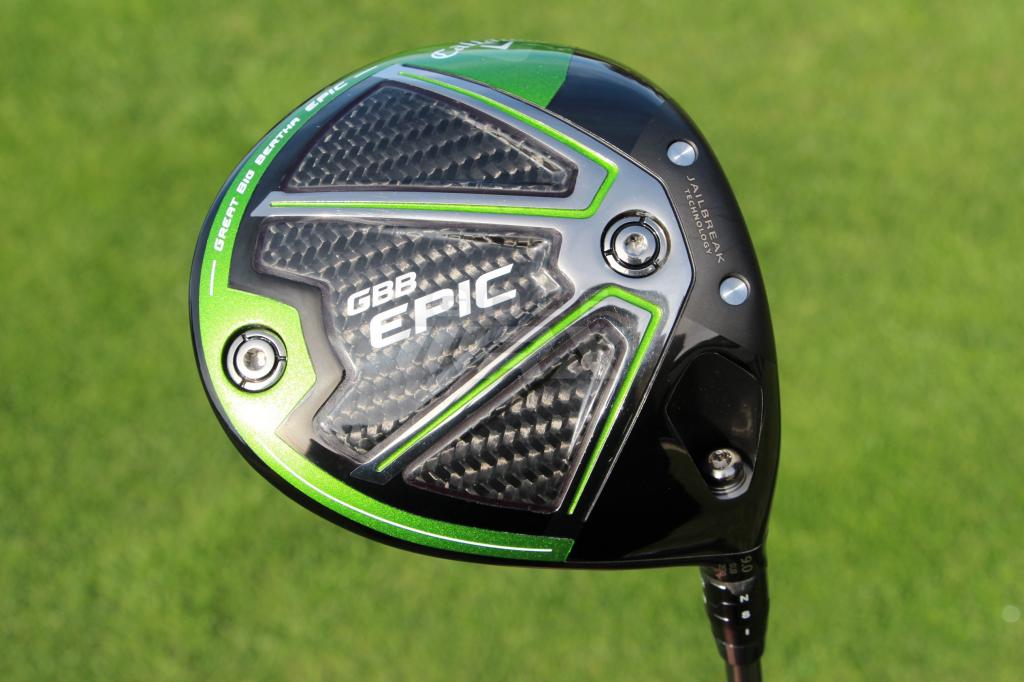
- jdenham15: I tested the Epic Sub Zero and Epic against my 2016 TaylorMade M1 and the ball speed was 5 mph higher on average, which gave me about 10 yards more carry disstance. That was great, but the part that sold me was the forgiveness. I love my Epic Sub Zero. I feel like it’s easier to turn over and I can work it both ways.
- Z1ggy16: Sub Zero was hands down the best, including my gaming M1 (yeah, not even top-3) due to the combination of lower spin, good forgiveness and feel and looks.
- jimhaire: I had a 2016 M2 and went with the Epic Sub Zero. The look at address suited my eye and the feel off the face was better for me. And the club went straight.
- Sef: I have tested a lot of these drivers and for me the Epic Sub Zero was so much better than everything else. I wish I could just apply all three votes to it.
Further Reading
Members Choice 2017
- LIKE652
- LEGIT92
- WOW45
- LOL39
- IDHT16
- FLOP39
- OB34
- SHANK255
-

 19th Hole2 weeks ago
19th Hole2 weeks agoDave Portnoy places monstrous outright bet for the 2024 Masters
-

 19th Hole3 days ago
19th Hole3 days agoJustin Thomas on the equipment choice of Scottie Scheffler that he thinks is ‘weird’
-

 19th Hole2 weeks ago
19th Hole2 weeks agoTiger Woods arrives at 2024 Masters equipped with a putter that may surprise you
-

 19th Hole2 days ago
19th Hole2 days ago‘Absolutely crazy’ – Major champ lays into Patrick Cantlay over his decision on final hole of RBC Heritage
-

 19th Hole3 weeks ago
19th Hole3 weeks agoReport: Tiger Woods has ‘eliminated sex’ in preparation for the 2024 Masters
-

 19th Hole1 week ago
19th Hole1 week agoTwo star names reportedly blanked Jon Rahm all week at the Masters
-

 19th Hole1 week ago
19th Hole1 week agoReport: LIV Golf identifies latest star name they hope to sign to breakaway tour
-

 19th Hole1 week ago
19th Hole1 week agoNeal Shipley presser ends in awkward fashion after reporter claims Tiger handed him note on 8th fairway

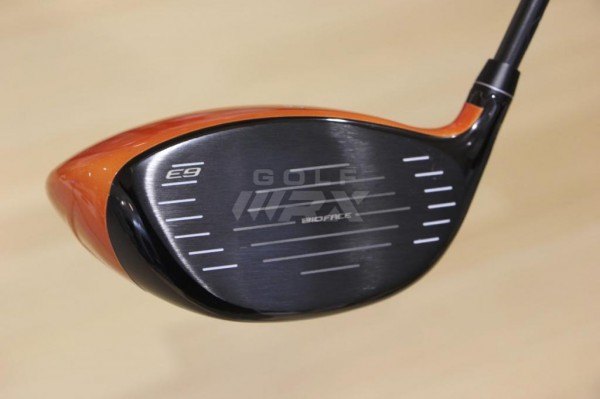
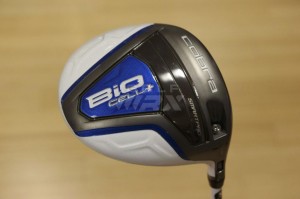
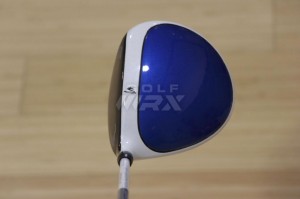
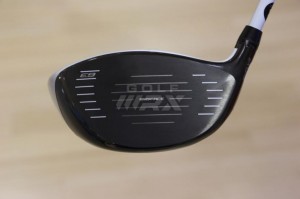
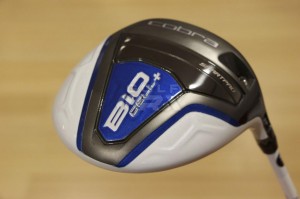
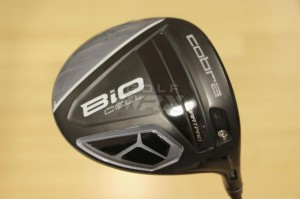
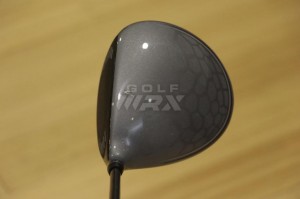
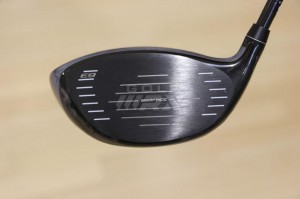
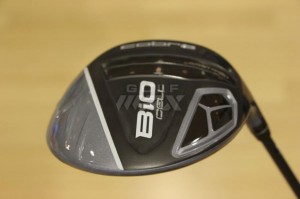
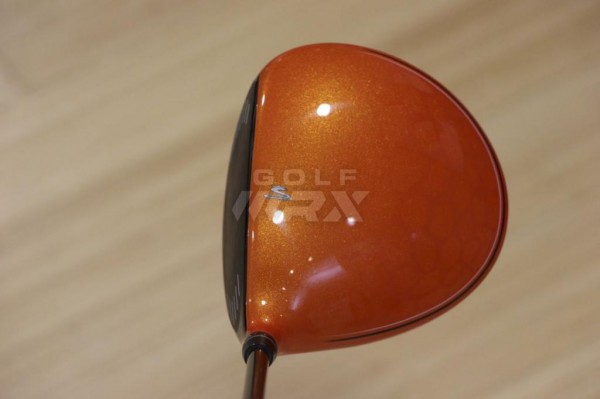
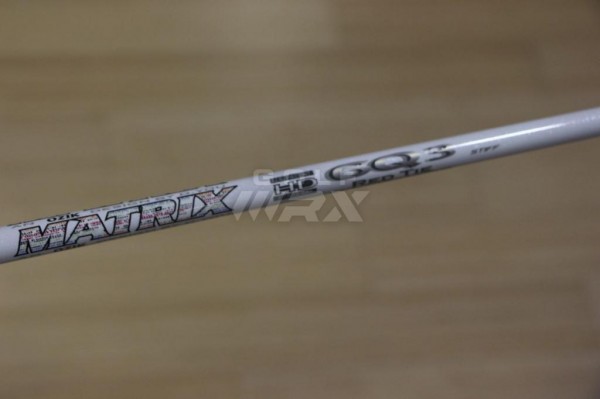
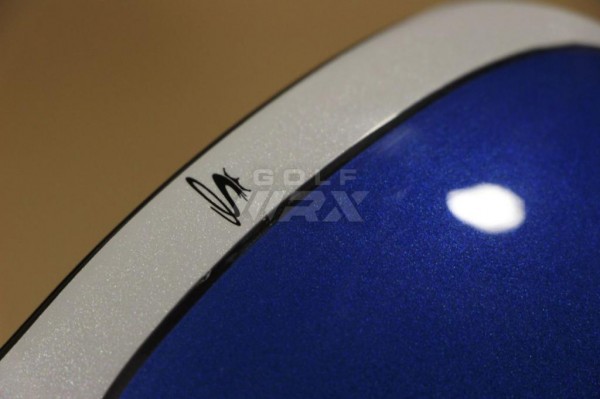
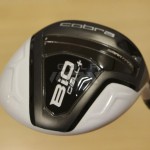
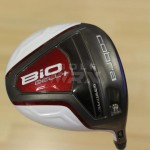
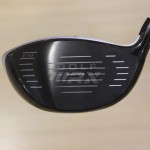
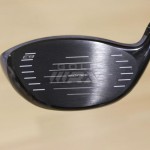
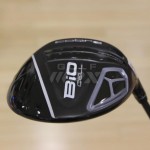

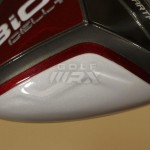
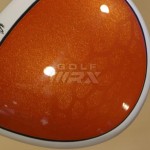
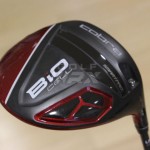
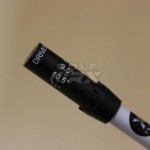
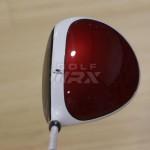
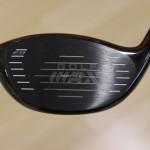
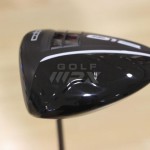
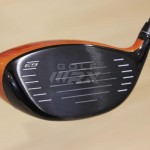
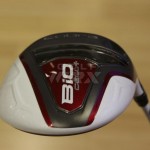
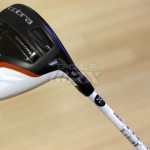
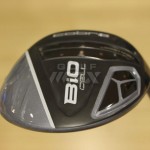
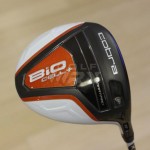
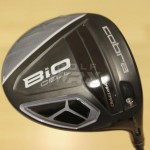
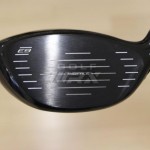
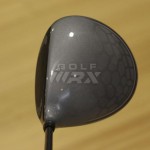
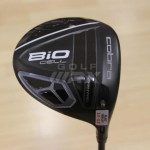
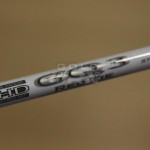
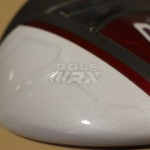
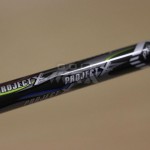
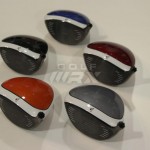
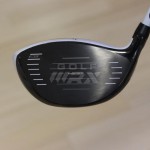
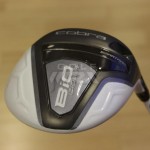
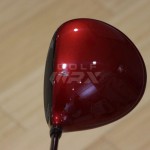
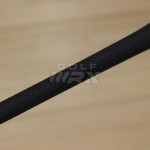

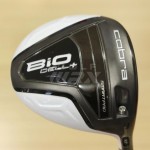
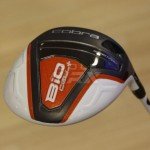
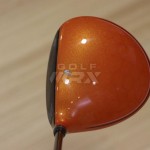
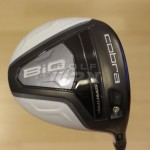
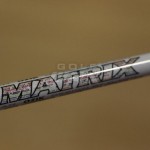
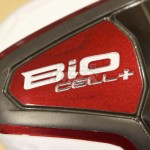
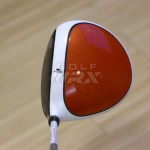
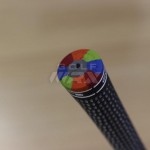
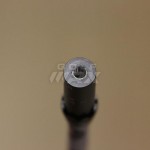
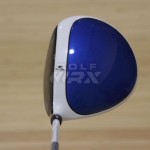
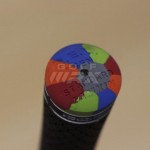
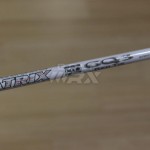
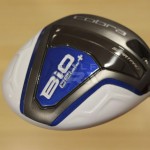
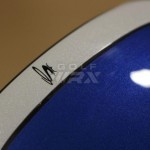
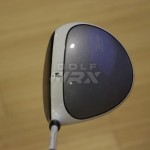
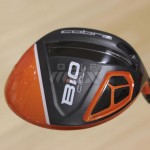
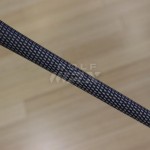
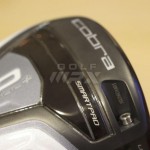
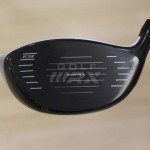
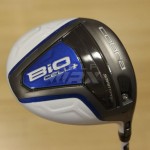


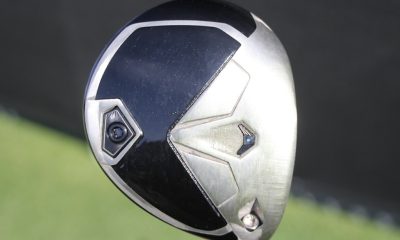

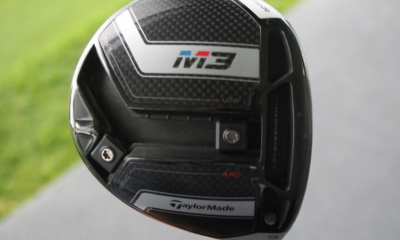



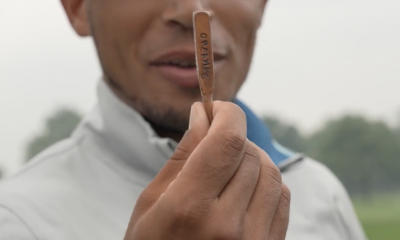



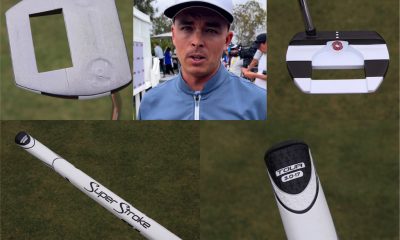

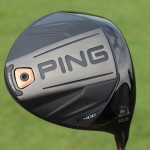
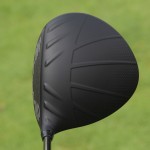
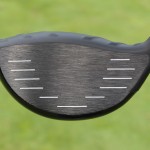
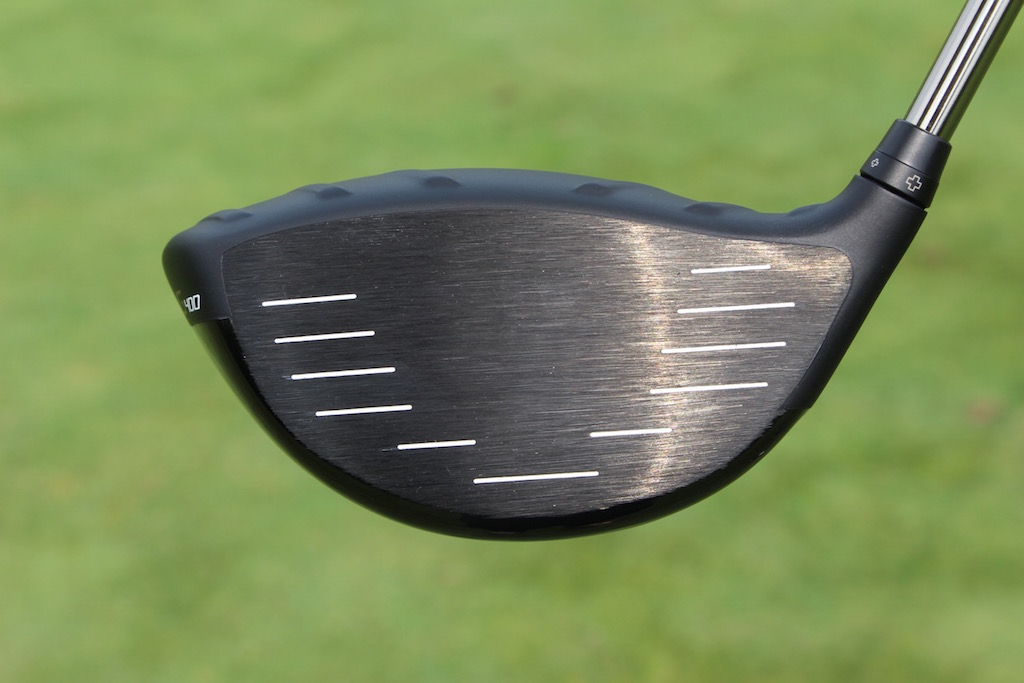
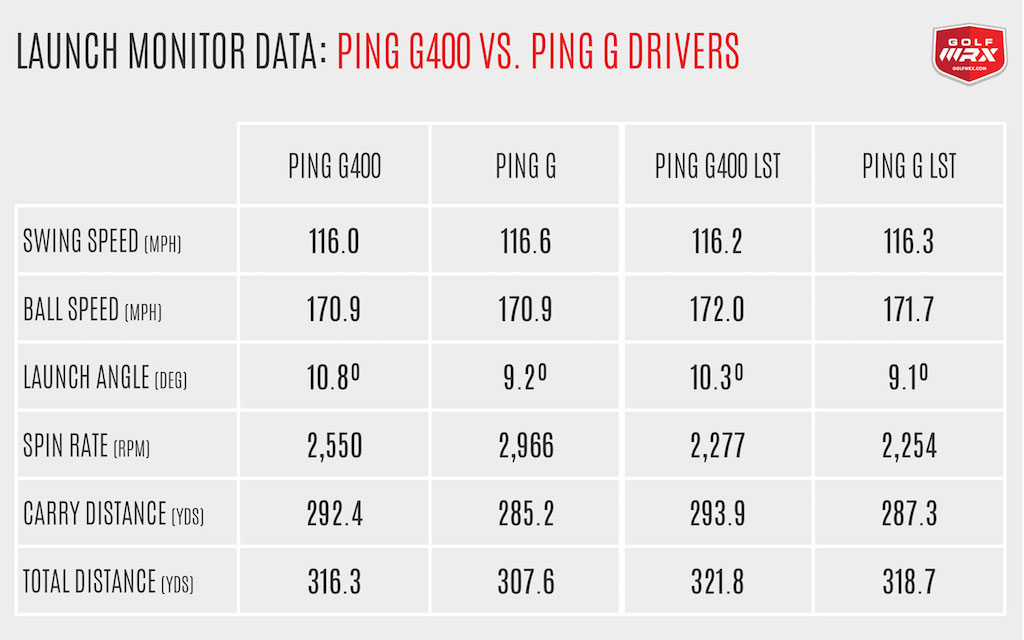
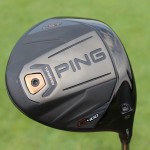
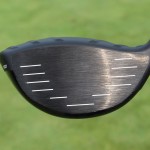
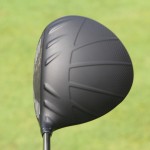
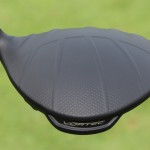
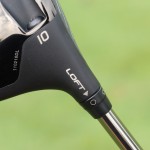
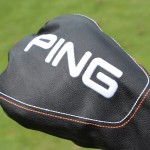
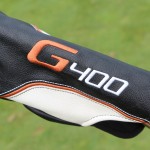
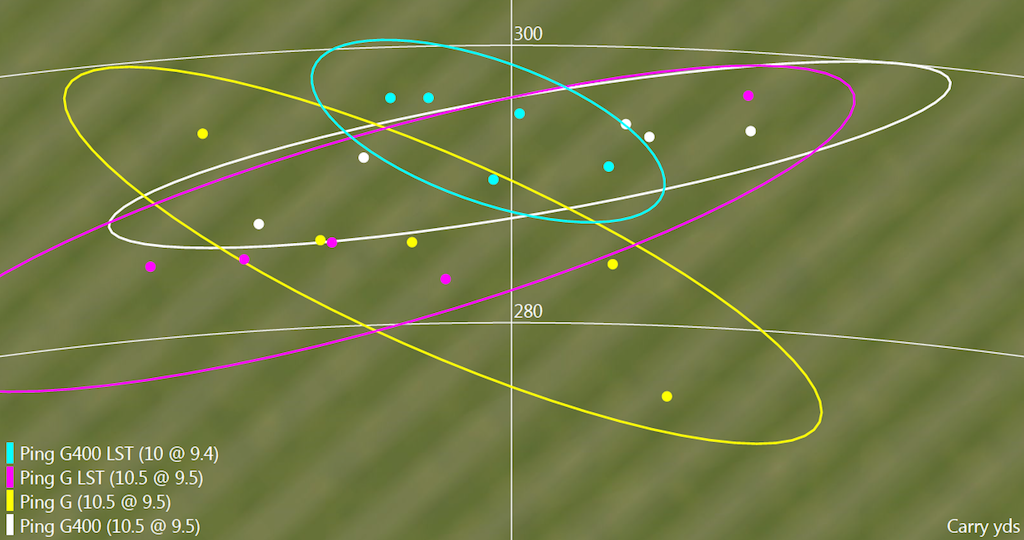
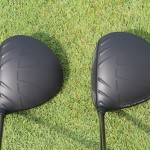
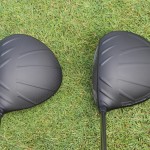
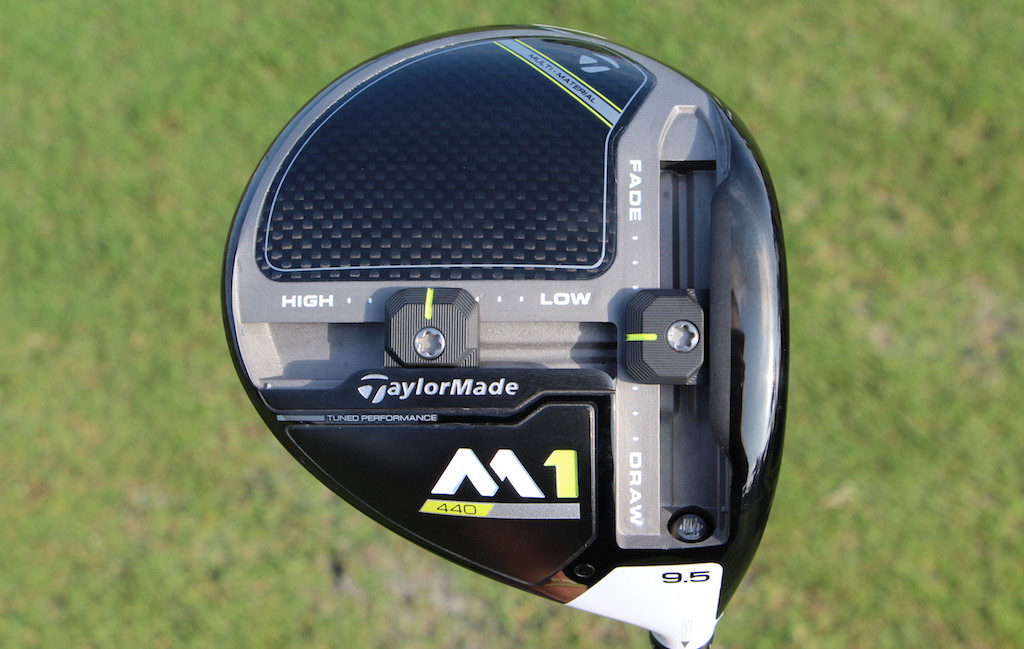












Brett Vanderwater
Oct 19, 2014 at 6:43 pm
Bio Cell + – another great Cobra driver. Like the look – performs well. Most drivers are for me are in the same range of 220 to 250. Cobra is comfortable and inspires confidence.
Charlie White
Aug 5, 2014 at 7:18 pm
Just bought the Bio Cell today, and they let me hit a hundred balls to try it out. Man this Baby was a sure buy for me. I have never ever hit so many high straight shots in my life. I was blown away to say the least. My wife bought the ladies and she was shocked at her drives. We are So glad we bought these and now we have the whole set of Baffler Irons which we love as well. Thanks Cobra for making a Great driver that will improve our game and make playing fun again. LOVE this Driver !!!!!
tawste95
Jul 17, 2014 at 6:00 am
I don’t agree. Read: http://www.golfwrx.com/205409/cobra-to-release-new-bio-cell-pro-driver/
Foz
Jun 20, 2014 at 12:18 pm
I traded in my Nike Covert for the blue Bio Cell…….Man this baby can deliver!
nikkyd
Apr 27, 2014 at 10:33 pm
Any reviews on the bio cell pro?
Barney Boom
Apr 24, 2014 at 10:26 pm
Yeah , agree with you MH. 108 mph clubhead speed equates to 162 mph ballspeed . Multiply that by 1.5 = 243m carry plus rollout of 12m carry = 255m
255 x 1.1 = 280 yards at sealevel
Doug
Apr 21, 2014 at 7:14 pm
I believe the holes in the headcover are to help get rid of moisture that can build up on the club in wet conditions.
Chris Nickel
Apr 22, 2014 at 10:21 am
Interesting idea there…I would hope there would be a better way to accomplish this, if that is in fact the intention of the HC….
Don
Jan 11, 2015 at 2:25 am
The head covers are fine as is. I played all of 2014 with a Cobra driver and 3 wood with these head covers and did not get one scratch or rub on either because of this feature. I’m not entirely sure why they did this (the moisture idea above is probably most likely), but its definitely not a drawback at all.
I think with Cobra’s style and tendency to break from the norm, these are just an extension of that idea.
Bertie
Apr 21, 2014 at 3:48 pm
My spin was 3500 with the stock made for pxv, I had to buy a shaft at an up charge without trying which I hate doing. But it works well.
Can you post a pic of the Headcover because mine has no holes in it, although it is a poor fit.
paul
Apr 21, 2014 at 2:14 pm
Nice to see a review with some newer descriptive words. Not a typical cliche review. Good job, do some more please ????
enrique
Apr 21, 2014 at 9:06 pm
agree. Great review
LorenRobertsFan
Apr 21, 2014 at 1:50 pm
Pretty crappy quality on one of those grip caps.
Travis
Apr 21, 2014 at 12:41 pm
I was fitted for the BiO Cell + with the 6Q3 Red Tie in Stiff. This club is a monster. My swing speed is around 107-108 mph, and I was noticing pretty consistent and excellent results. Spin was right around 26-2700, and I’m getting around 265-275 total with 245-255 carry. I naturally get lower ball flight and a fade, so I play the driver at the 10.5 Draw setting, and it works wonders. This driver gives me 20-30 yards more (on average) than the RBZ 2 I had previously.
RF
Apr 21, 2014 at 1:42 pm
That’s way too much spin for your swing speed, most guys swinging at your speed with efficient launch and spin rates are bombing it past 300 yards total with a straight ball. You’re wasting effort swinging that fast with that much slice and under spin. Time to change your swing
paul
Apr 21, 2014 at 2:12 pm
To get perfect launch numbers is ridiculously difficult.
MHendon
Apr 21, 2014 at 4:17 pm
I don’t think most guys or even any guys are bombing it past 300 with a 108 club head speed. I would say about 280 would be tops for that swing speed in less your counting on a whole hell of a lot of roll. Last time I was seriously on a launch monitor it gave me a 305 avg on 112 club head speed and was figuring in 25yds on the ground. Which I will say is more than I see in real life but I know launch monitors are assuming optimum conditions.
aBgolfer2
Apr 22, 2014 at 7:48 am
@Travis – did you have your TM driver with you that day?